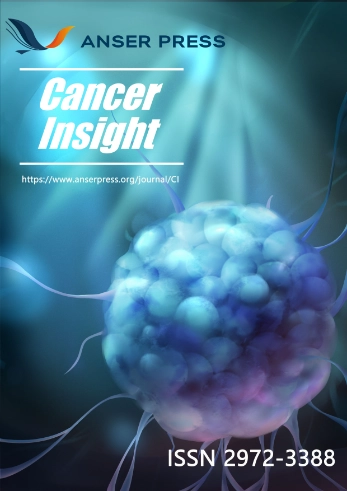E3 ubiquitin ligase-dependent regulatory mechanism of TRIM family in carcinogenesis
Abstract
Tripartite motif-containing (TRIM) proteins consist of over 80 proteins, the majority of which exhibit E3 ubiquitin ligase activity. E3 ligases have a critical role in various cellular processes by specifically recognizing and ubiquitinating substrate proteins to promote their proteasomal degradation or alter their activities. Numerous studies have indicated that TRIMs are involved in carcinogenesis through various mechanisms. However, the regulatory mechanisms delimitating TRIMs’ function as E3 ligases has not yet been specifically addressed in a previous review article. In this review, we focus on recent advancements in understanding how certain TRIMs function solely as E3 ligases during cancer cell proliferation, apoptosis, and metastasis. We comprehensively summarize the target proteins of TRIMs involved in disordered signaling pathways such as Wnt/β-catenin, PI3K/AKT, NF-κB, p53, ERK, and STAT3, as well as those regulating the cell cycle and glycolysis. Following ubiquitination modification by TRIM E3 ligases, these target proteins either undergo proteasome-mediating degradation, maintain steady levels, or get activated/inactivated. This review provides a foundation for the development of E3 ligase-based cancer treatments.
